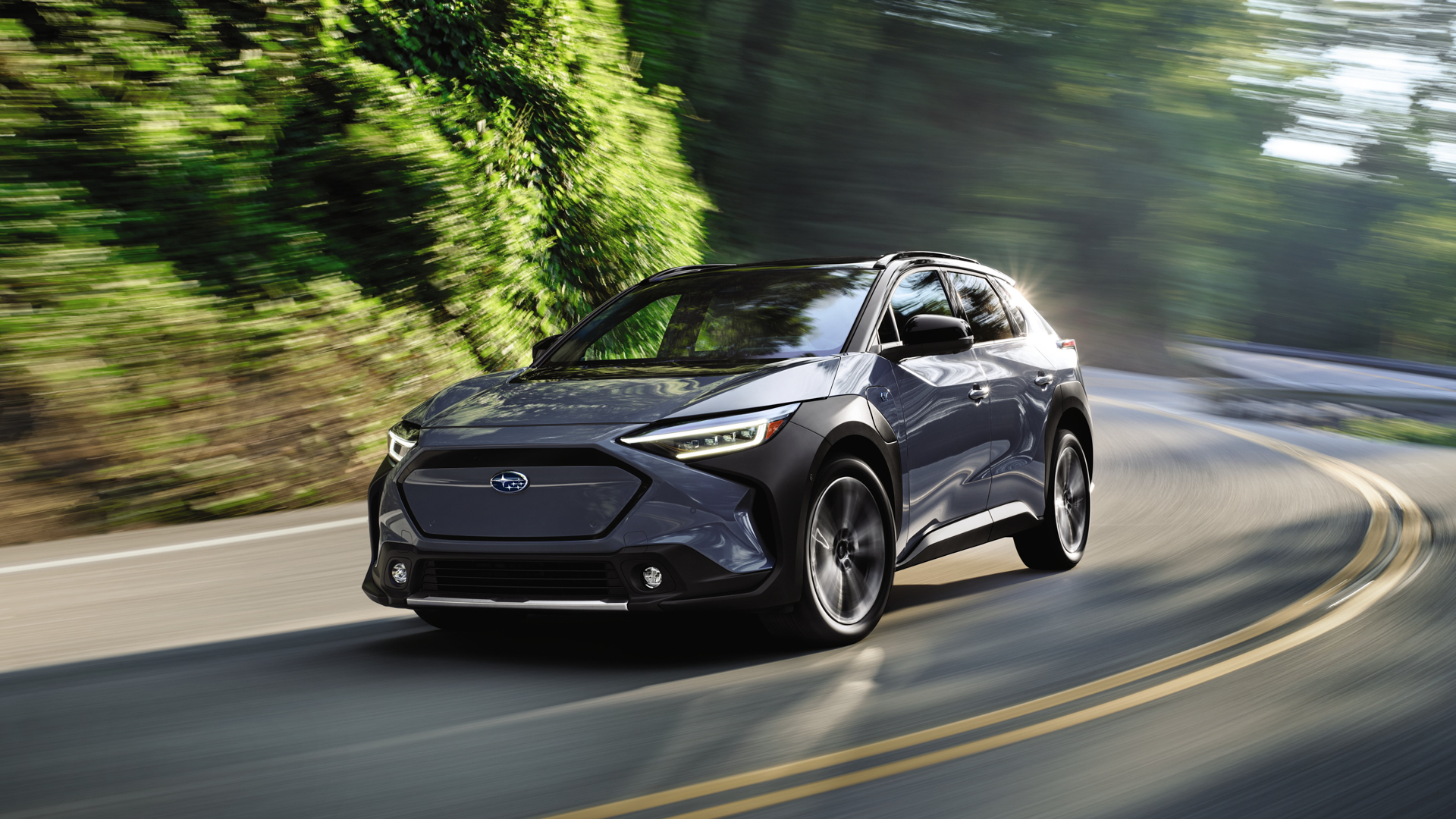

Subaru isn’t quite ready to build electric vehicles on its own. I get it—it’s scary out there in the uncertain world of EV sales. That’s why it’s getting back together with Toyota to develop three more electric crossovers on top of the Solterra, the brand’s bZ4X twin.
“At the moment, it is quite difficult to predict how things will go from here with EVs,” said Subaru CEO Atsushi Osaki, according to Automotive News. “There is a huge risk for us to go it alone in this field. We have held talks with Toyota and have agreed that it is better to reduce risks through joint development.”
This partnership won’t be a meet cute for Subaru and Toyota, as they’ve long been partners for other vehicles. The Subaru BRZ and Toyota GR86 are their most famous mechanical twins. However, more relevantly here, the two also make the all-electric Subaru Solterra and Toyota bZ4X. The latter two are built by Toyota at its Motomachi assembly plant in Japan. But the next three electric Toyobarus will reportedly be built by Toyota in the United States, which will help both brands’ cars qualify for federal tax credits under the Inflation Reduction Act.

Don’t expect a Subaru-built EV in the U.S., though. “I have not said that we would do BEV production at our own plant in the U.S.,” said Osaki. “As the market changes considerably, we will proceed while studying the situation carefully.”
However, Subaru will build hybrids here in the States. Both the Crosstrek and Forester will get new hybrid powertrains and be built at Subaru’s Indiana plant. That marks a move for the Forester, which has long been manufactured in Japan.
Partnering with Toyota will help keep research and development costs down, allowing Subaru to hold onto more of its newfound profits. Subaru’s operating profits over the past 12 months totaled $3.06 billion, with net income up to $2.55 billion, the biggest rise for the brand since 2016. With steady sales and soaring profits, Osaki doesn’t want to rock the boat much, especially with EVs. “While we have steered toward EVs, we find it important to sell internal combustion products at the same time. So we already have plans to expand our hybrid product lineup,” he concluded.
Got tips? Send ’em to tips@thedrive.com